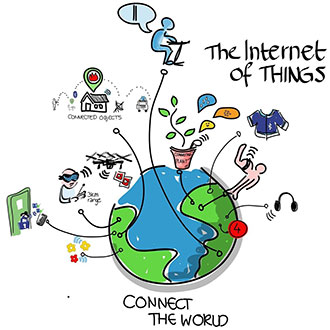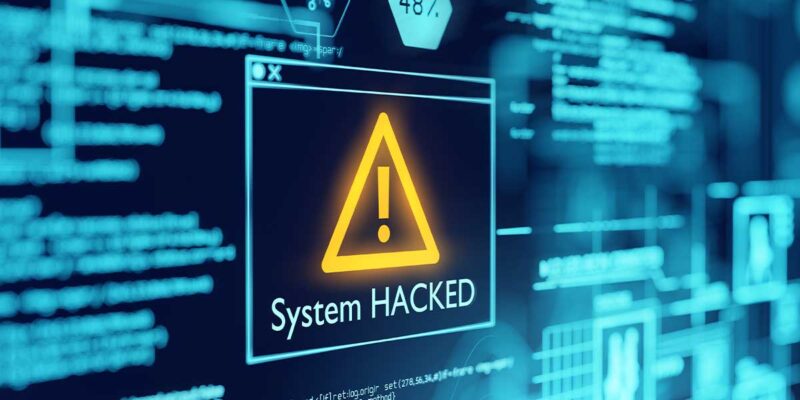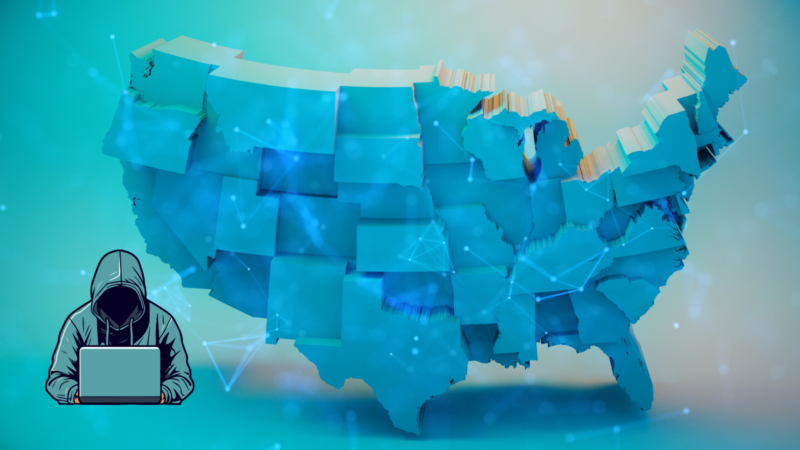The Internet of Things – Converged, Connected and Highly Vulnerable
 When we think of convergence, we of course refer to how the industry’s two realms of technology potentially merge together to create seamless system implementation where all components, potentially including devices, form reliable AV/IT integration whether on-premise, in the cloud, or both. However, questions continue to arise about the convergence and if it indeed has arrived. It seems that the premise of convergence continues to come into question where when asked if it does exist as a given, answers span from yes to not at all. Ask any manufacturer, integrator, consultant or journalist and I’m sure you’ll receive both answers, and everything in between. Why do I bring this up in a blog about the Internet of Things? Possibly because it may have finally been determined, in a newer realm of technology just how convergence can happen seamlessly and more important, reliably.
When we think of convergence, we of course refer to how the industry’s two realms of technology potentially merge together to create seamless system implementation where all components, potentially including devices, form reliable AV/IT integration whether on-premise, in the cloud, or both. However, questions continue to arise about the convergence and if it indeed has arrived. It seems that the premise of convergence continues to come into question where when asked if it does exist as a given, answers span from yes to not at all. Ask any manufacturer, integrator, consultant or journalist and I’m sure you’ll receive both answers, and everything in between. Why do I bring this up in a blog about the Internet of Things? Possibly because it may have finally been determined, in a newer realm of technology just how convergence can happen seamlessly and more important, reliably.
Prior to InfoComm, I attended the Cloud Computing Expo in New York, an event that spanned three realms of technology — cloud computing, big data and the one which I was the most interested in, the Internet of Things. Numerous sessions took place on the first day which was when I attended, and I tended toward sitting in on the IoT sessions. In fact in one of them, the speaker said that he would be wearing Google Glass and snapping pictures of the audience while he lectured. In doing so, he snapped the pictures and uploaded them to the Google Drive to later insert in his website for all attendees to see after the event. Thus, a wearable device wirelessly connected to the internet and uploading images to the cloud, becoming the direct storage receptacle for the upload, to then input images into one’s website. All elements, beginning with a device connected to the internet, in essence converged and connected to produce the end result.
The first Internet ‘device,’ according to the article A Brief History Of The Internet of Things, was a toaster that could be turned on and off over the Internet, developed in 1990 by John Romkey and Simon Hackett. At the October ’89 INTEROP, Romkey was promised that if he was able to “bring up his toaster on the Net,” the appliance would be given star placement in the floor-wide exhibitors at the conference. The toaster was connected to a computer with TCP/IP networking, it used an information base (SNMP MIB) to turn the power on and history was made.
In a whitepaper, The Internet of Things: How the Next Evolution of the Internet Is Changing Everything produced by the Cisco Internet Business Solutions Group (IBSG), it was specified that the Internet of Things was officially recognized between 2008 and 2009 as there were at that point more connected devices than people (refer to Figure 1 in the whitepaper). In 2010, citing the growth of smartphones, tablet PCs, etc., the number of devices connected to the Internet was brought to 12.5 billion, while the world’s human population increased to 6.8 billion, making the number of connected devices per person more than 1 (1.84 to be exact) for the first time in history.
A Cisco social whitepaper, The Internet of Everything: How More Relevant and Valuable Connections Will Change the World, specifies that the Internet is the one technology that has the potential to rectify many of the challenges we face. “Connecting the Unconnected” has become the mantra for the Cisco IBSG, who define the Internet of Everything (IoE) as bringing together people, process, data, and things to make networked connections more relevant and valuable than ever before. A recent LinkedIn post, The Internet of Things: Consumers and Marketers in 2030, opens with: Cisco Systems predicts 50 billion things will be connected by 2022, yielding $19 trillion in new revenues ($14.4 trillion of which will accrue to private-sector corporations). This is also mentioned in the above referenced IBSG whitepaper, but the paper states that this would happen as soon as 2020. The following statement is in the post: International Data Corporation predicts the worldwide market for “Internet of Things” (IoT) solutions will grow from $1.9 trillion in 2013 to $7.1 trillion in 2020. That’s a boost of over $5 trillion.
However, with more things being converged and connected online in the coming years, a great debate concerning another area of technology grows — that involving the realm of cybersecurity. Earlier in the year, Internet-enabled “smart appliances” including internet-connected multimedia centers, televisions and refrigerators were allegedly hacked and used to launch a multitude of malicious spam email attacks. As the industry progresses, so will the concerns for security along with the aforementioned expansive growth. An article, Which Internet Of Things Consumer Products Are Most Likely To Be Exploited By Hackers? details the top 10 IoT devices including TV’s, webcams, home thermostats and home alarms, and the imminent dangers posed by this convergence in the cloud. The devices and processes which we’re all aware of in terms of video, home automation and more can be leading us into a whole new discussion in terms of convergence — cyber threat vulnerability.
According to a Wall Street Journal article, Cybersecurity Needs Expanding Beyond Computers or Your Pocket and Into Your Home, Cleve Adams, a 25 year cybersecurity veteran and CEO of AirPatrol, a provider of Location-based Services and Cybersecurity (whom I know from meeting at the recent Cyber Security Summit in Washington, DC), has seen his share in terms of cyber attacks on things network-connected. “For twenty years we’ve been conditioned to focus on firewalls, anti-virus, anti-malware and other systems designed to secure networks from outsiders,” Adams said. “But in the past few years we’ve let an unprecedented number of Internet-connected things into our homes and businesses without a moment’s thought as to whether they pose a security risk.”
Just what does this all mean for the industry and the convergence of AV and IT? It seems that if we take cues from the realm of IoT and in more visible ways Cisco, who is blazing the path toward the interrelation of all things connected as well as a continuous strength in IT (and Google looks to be the other trailblazer at this point), we may just be able to unlock some more of the details that may eventually help to fully define convergence theory. Along with further movement toward cloud collaboration, Cisco (as well as Google) could potentially help to bring more form and function to the convergence. In fact, as we move toward further definition, all three of the show’s technology realms have already been playing a role in this determination — Cloud Computing, Big Data and now IoT. It’s for us to make further determinations based on all factors that are being presented now as well as in the very near future. However vigilance, in terms of securing all things networked on-premise and in the cloud, is as much a key to the convergence as anything else. That is, the convergence that may or may not be here yet.
And I’ll end with this with a statement from the WSJ article: Cleve Adams wants you to know that while you were busy updating your Wi-Fi router’s firewall and giving your laptop a strong password, your vacuum cleaner and smart lighting system were conspiring with your phone to steal your online banking information.
IoT, AV/IT, convergence and conspiracy theory. To be continued…
Image via Wilgengebroed on Flickr





